Apple iPhone 8 Plus vs Samsung Galaxy S8 Plus: Battle of the big screens
Is the last of the classic iPhones a match for the market leader?
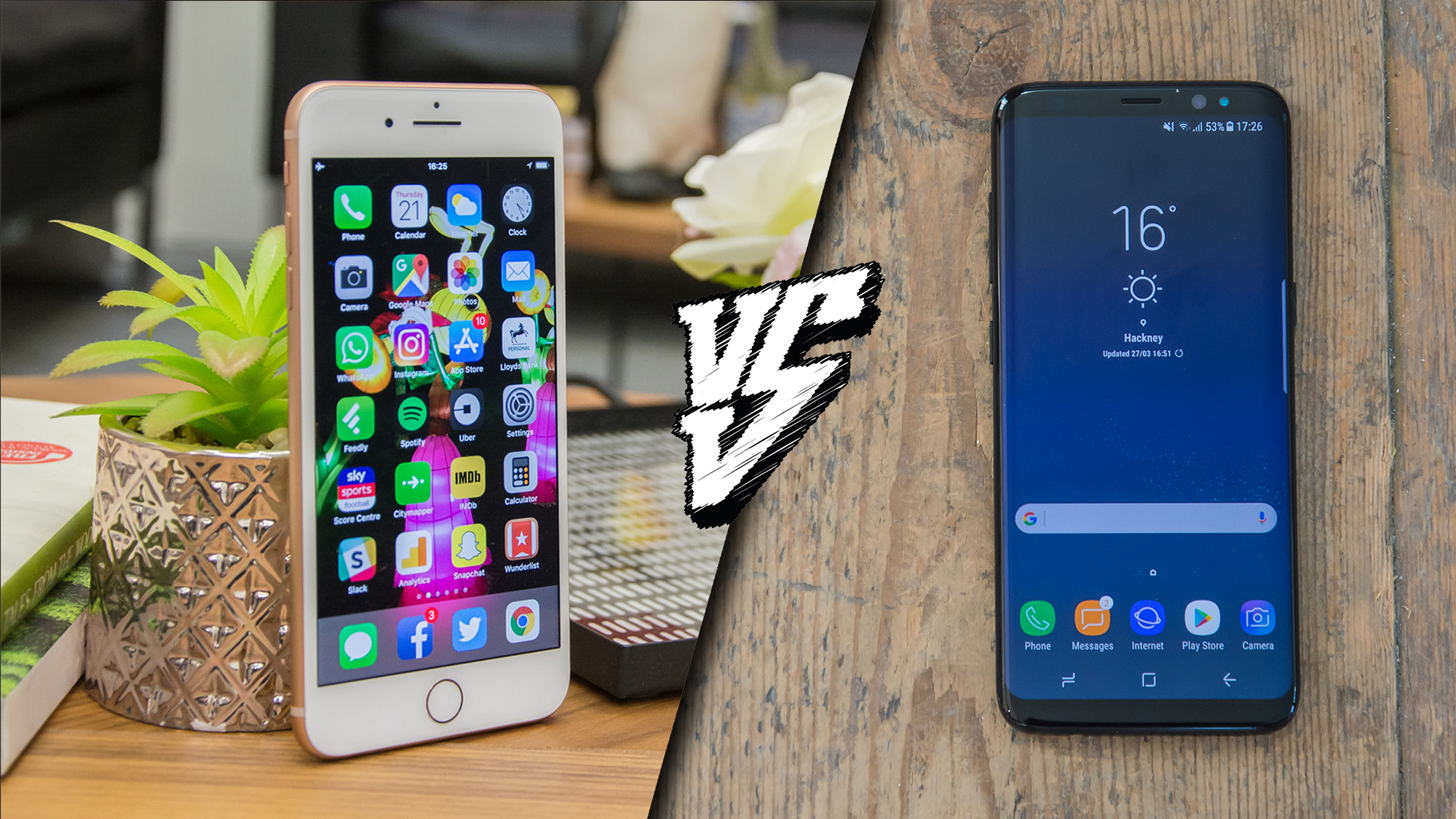
2017 was an odd year for smartphones. Samsung's early release of the Galaxy S8 and S8 Plus set the bar for smartphone design, and despite the excellent devices that launched shortly afterward, all eyes were on Apple to deliver something as good, if not better. The problem was that Apple released not one, but two devices.
Given that the iPhone X became the most expensive smartphone on the market, and essentially priced itself out of the range of any rivals, it fell to the iPhone 8 to compete against Samsung's Galaxy S8. It was a risky move, particularly as the iPhone X and S8 are, at least on the surface, very similar devices, and you can't help but dismiss the iPhone 8 as a rehash of its predecessor.
With that said, we've pitted the two larger models in the series against each other to find out whether the iPhone 8 Plus is truly a match for the Galaxy S8 Plus.
Apple iPhone 8 Plus vs Samsung Galaxy S8 Plus: Design
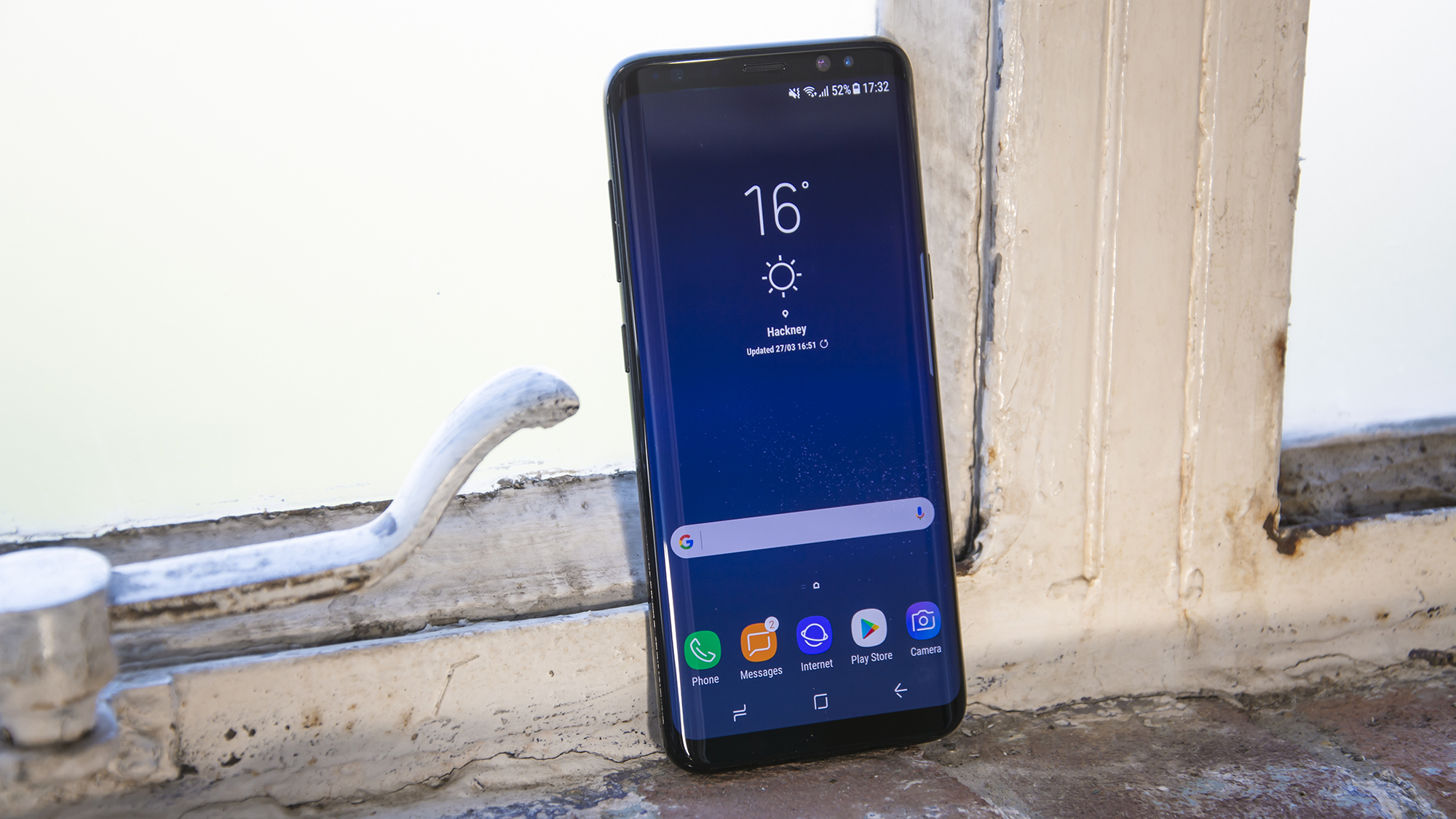
Let's face it - when it comes to looks, it's a one-sided contest. Given that Samsung was the first to perfect an edge-to-edge display in a smartphone, it has created a new blueprint for not only its own future devices, but for those rivals looking to replicate its look. In that respect, side by side, the S8 and iPhone 8 look like smartphones from two entirely different eras, despite the fact they're both pitched at near identical price points.
In our review of the Galaxy S8, we described it as a "marvel" of smartphone design and, in our eyes, it remains one of the finest looking mobiles ever made. Samsung has stripped away the side bezels, leaving only a sliver of a black bar along the top and bottom of the device. Samsung has even folded its 'Edge' labeling into its standard design, ditching a premium option that felt like needless expense on previous models. As a result, the curved edges give the phone an extra lick of luxury.
What's more, a software-based navigation bar has replaced the physical home button and capacitive shortcuts that were a mainstay of the series since the first Galaxy S, and it works wonderfully.
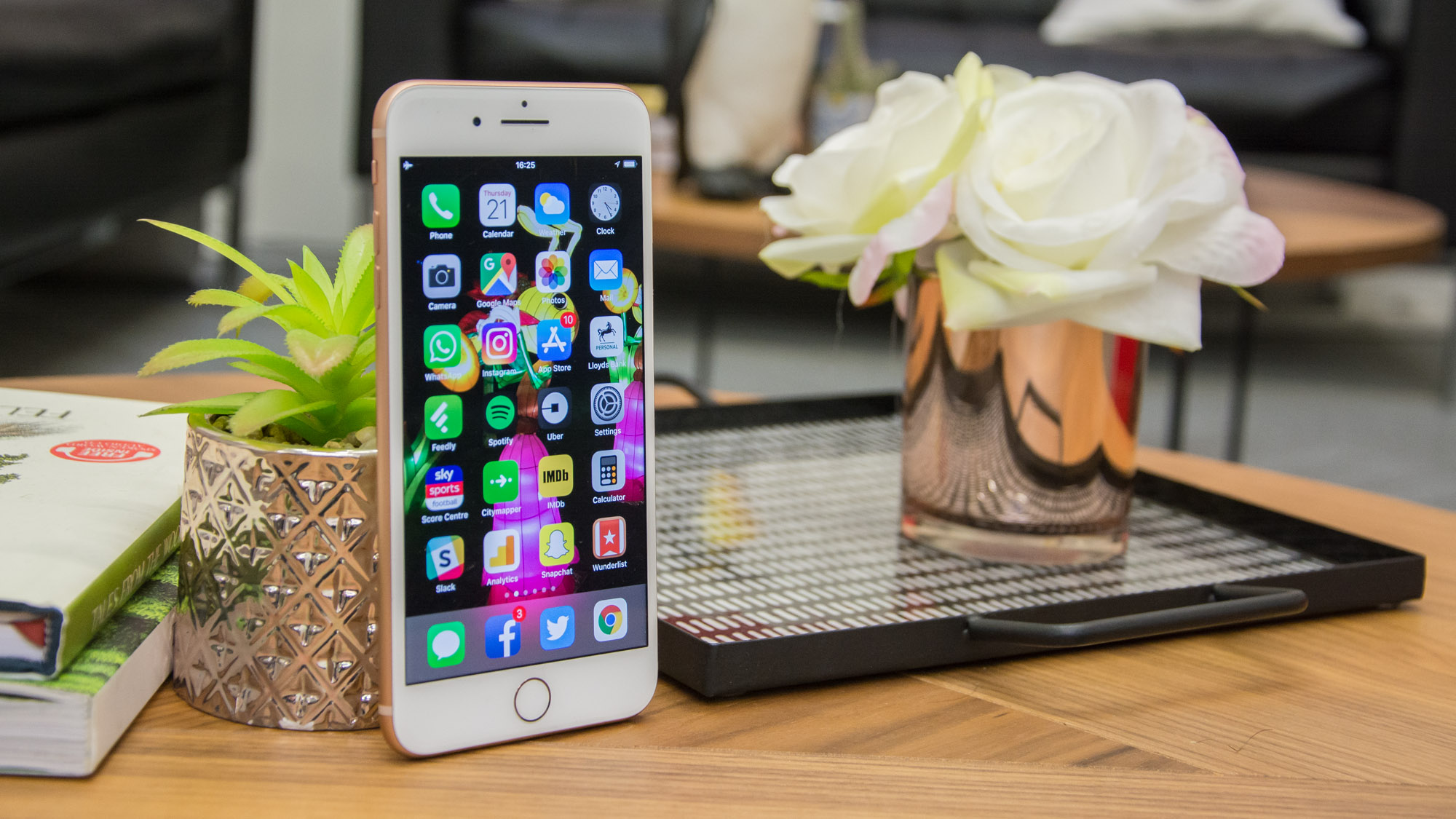
The traditional design of the iPhone 8 looks almost archaic next to the S8. Not only that, you'd be hard-pressed to find any physical differences between it and the iPhone 7 Plus, as the camera, buttons, and sim card tray are all in the same place. The iPhone 8's camera also still sticks out some way from the rear of the phone, something that Samsung was criticised for with the S6 and S7 and has since corrected with the S8.
Sign up today and you will receive a free copy of our Future Focus 2025 report - the leading guidance on AI, cybersecurity and other IT challenges as per 700+ senior executives
What is new is the reintroduction of the glass-backed construction of previous iPhones. It now has slightly curved edges so that it feels a little more comfortable in the hand, and the plastic antenna no longer wraps over the top of the phone. Other than that, it's still very much the tried and tested look, although it's noticeably heavier than both its predecessor and the Galaxy S8.
That's perhaps the iPhone's biggest problem. Despite being a product of years of refinement that's excellent in its own right, it suffers from a lack of creativity and is eclipsed by not only the iPhone Xbut many of its rivals. It's almost certainly going to be the last of the classic iPhones.
Verdict: Galaxy S8 Plus
| Row 0 - Cell 0 | iPhone 8 Plus | Galaxy S8 Plus |
| Dimensions | 158 x 78 x 7.5mm | 160 x 73 x 8.1mm |
| Weight | 202g | 173g |
| Ports | Lightning | USB Type C |
Apple iPhone 8 Plus vs Samsung Galaxy S8 Plus: Screen
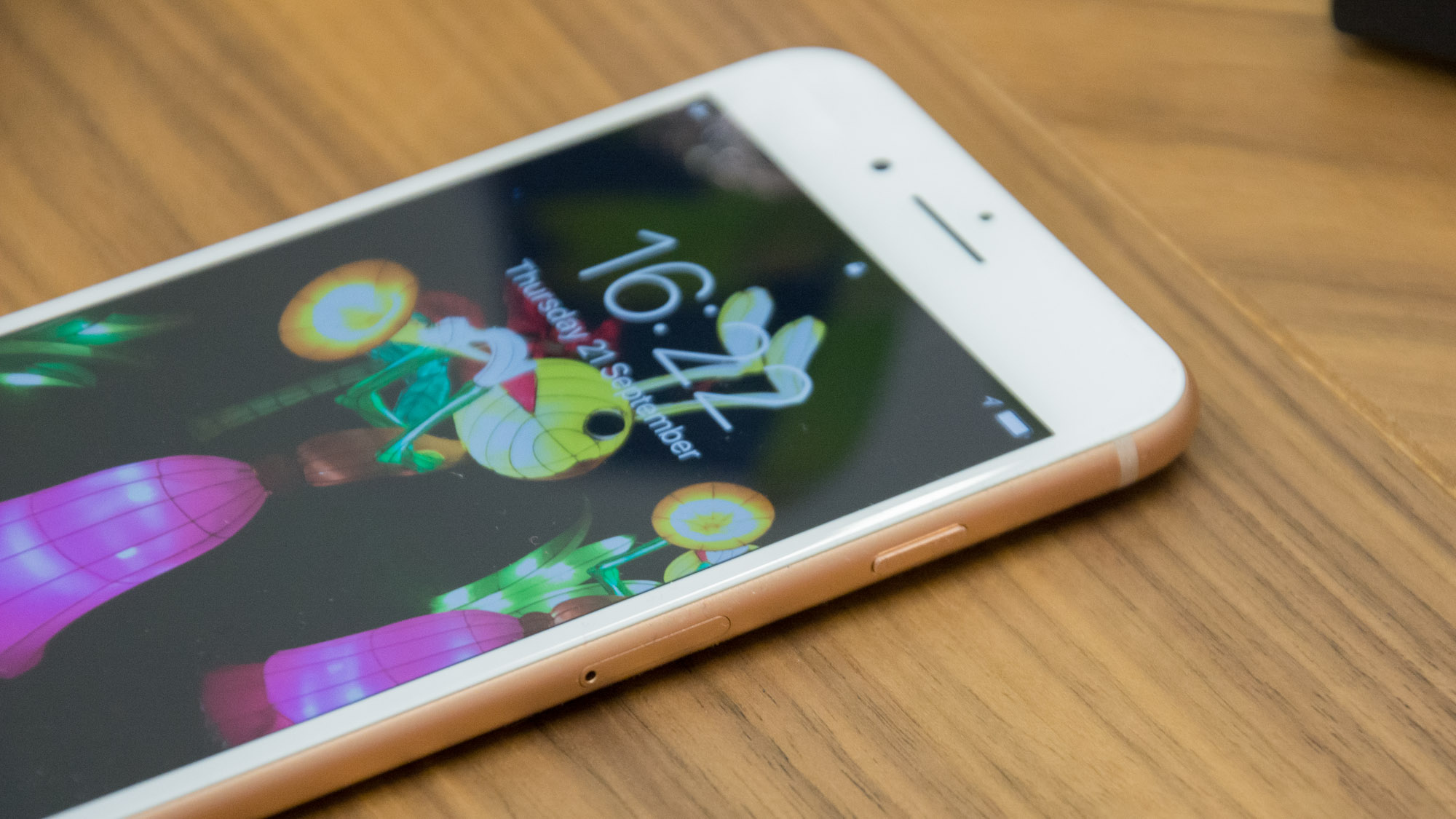
Moving on from aesthetics, one of the iPhone 8's main strengths is its display. The Plus model uses a 5.5in, 1,080 x 1,920 resolution LCD screen that boasts some serious supporting tech. Given that the iPhone 8 uses the same screen as the iPhone 7, it's unsurprising that it scored almost identical results in our benchmark testing.
With max brightness at 553cd/m2, a contrast ratio of 1,350:1, and perfect colour production, it's a superb screen and every bit the Apple quality you'd expect. You also get some nifty features, including True Tone, which uses sensors to adjust colour temperatures based on ambient light, resulting in far more natural looking pictures than had previously been possible.
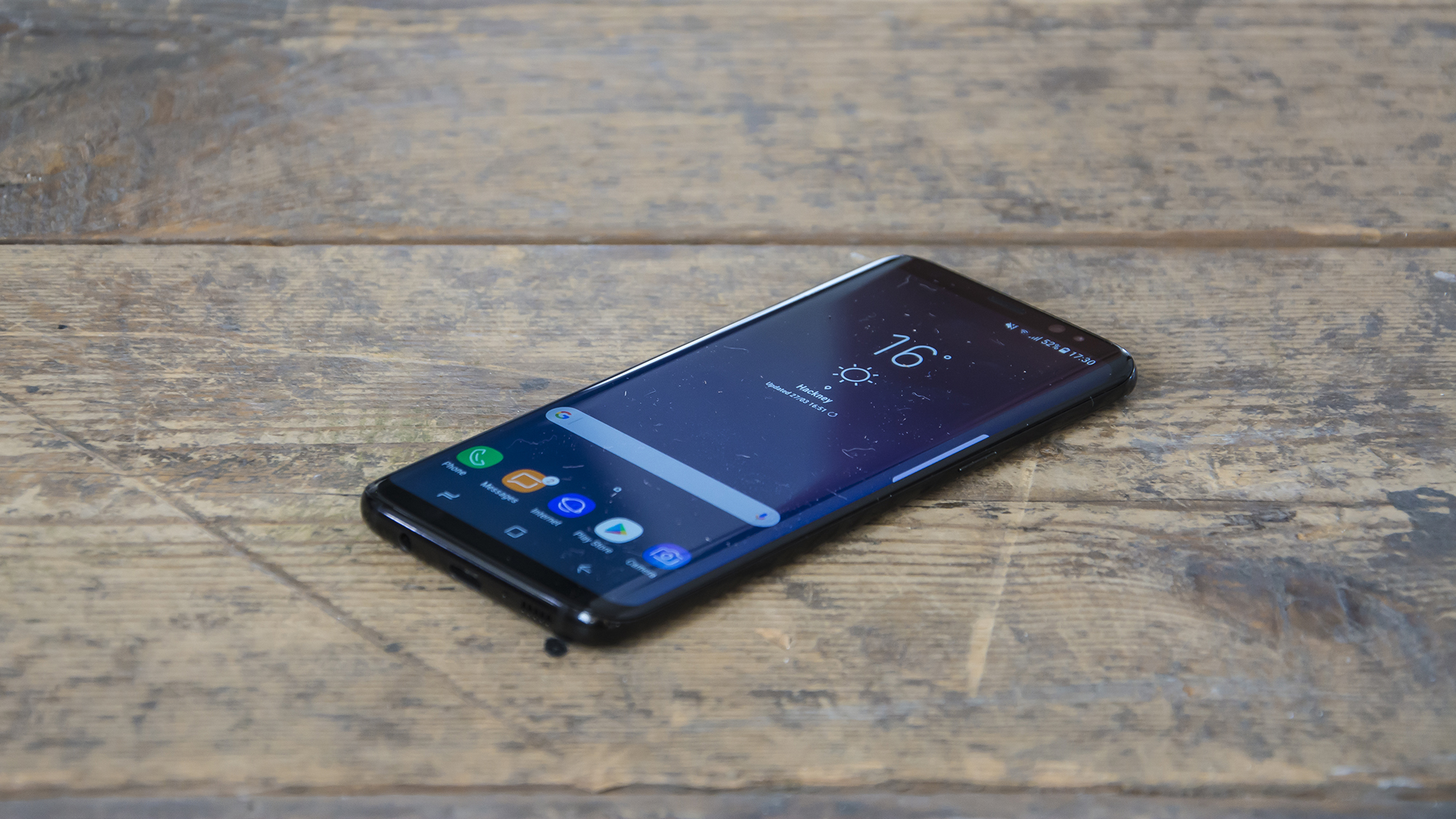
Unfortunately for Apple, the S8 excels not only in terms of smartphone design, but also in the underpinning technology. Unlike its rival, the S8 uses an AMOLED screen with a 1,440 x 2,960 resolution and an 18.5:9 ratio thanks to a slightly taller frame. The result is that the screen 'pops' so much more on the S8 than the iPhone - colours are more vibrant, blacks are deeper, and whites are brighter. In fact, its 912cd/m2 peak brightness is almost double that of the iPhone 8 Plus' LCD screen.
The only negative is that the use of an unusual screen ratio doesn't play too well with some apps that are hard-coded to use the 16:9 standard. Unless you're using an app that's able to adjust to the new size, such as YouTube, you'll have to put up with annoying black bars until the software is updated.
Verdict: Galaxy S8 Plus
| Row 0 - Cell 0 | iPhone 8 Plus | Galaxy S8 Plus |
| Screen | 5.5in, 16:9 | 6.2in, 18.5:9 |
| Resolution | 1,080 x 1,920, 401ppi | 1,440 x 2,960, 529ppi |
| sRGB | 95.8% | 100% |
| Max brightness | 553cd/m2 | 554cd/m2 |
Apple iPhone 8 Plus vs Samsung Galaxy S8 Plus: Performance
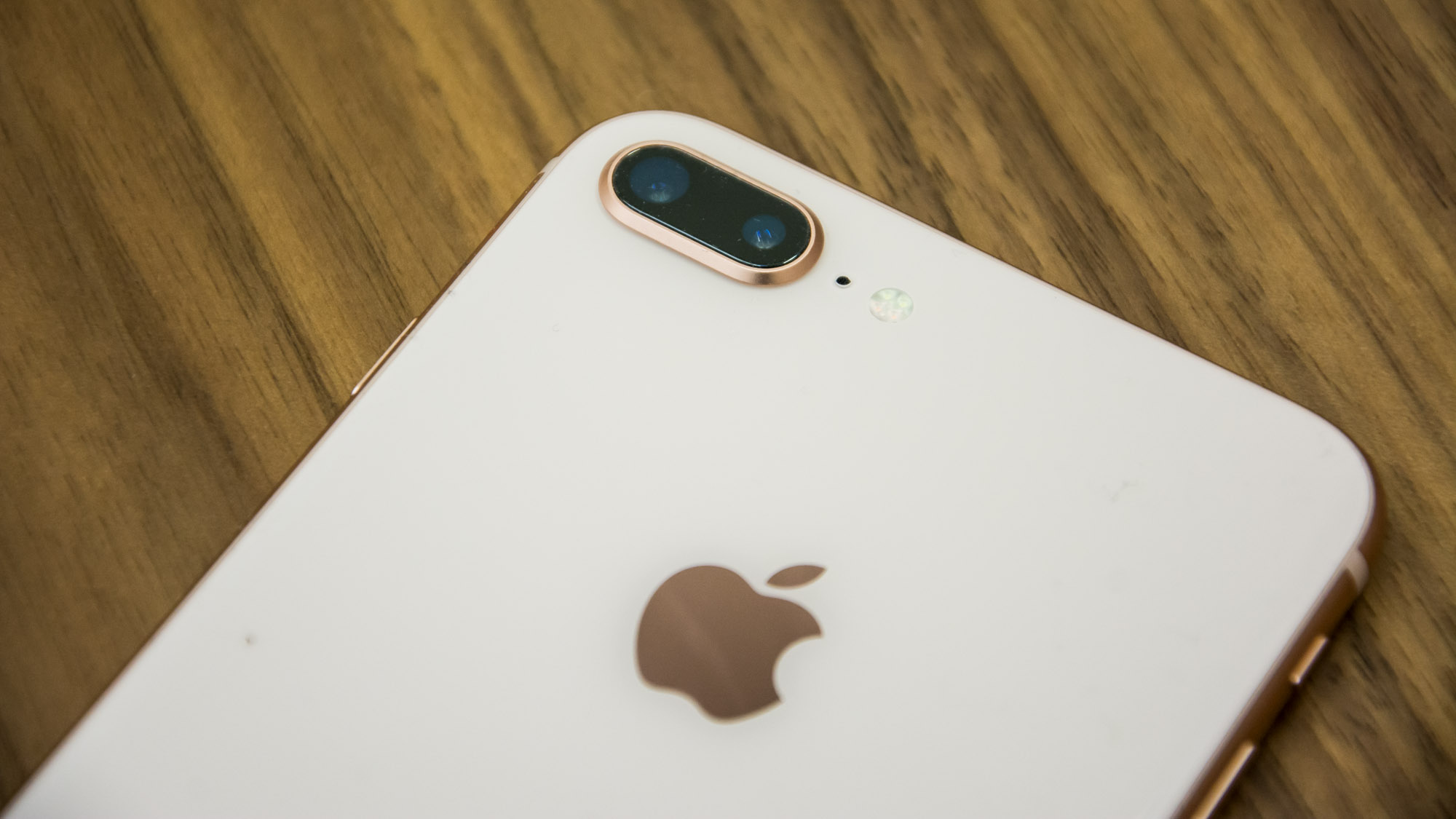
Despite a lack of creativity on the outside, the iPhone 8 Plus is practically revolutionary on the inside. It's powered by the monstrous hexa-core A11 Bionic chip that's also the backbone of the iPhone X, boasting a serious performance upgrade over the iPhone 7's A10.
In fact, it's the fastest chip we've ever benchmarked in a mobile device, blowing the S8 and other Android smartphones out of the water. It produced more than double the single core performance score, and did equally well on multi-core tasks.
As a comparison, the iPhone 8's stellar chip was essentially twice as powerful as the Galaxy S8 Plus' Exynos 8895 processor. Even in multicore performance, something that Android chips have typically dominated, the A11 processor was able to smash its main rival and every other device recently tested, more than doubling the score of the iPhone 7.
While in reality the Exynos chip powering the S8 is perfectly capable of handling almost everything you can throw at it, the iPhone 8 is the more powerful device, and is perhaps more capable of handling future, power-hungry tools like advanced AI features.
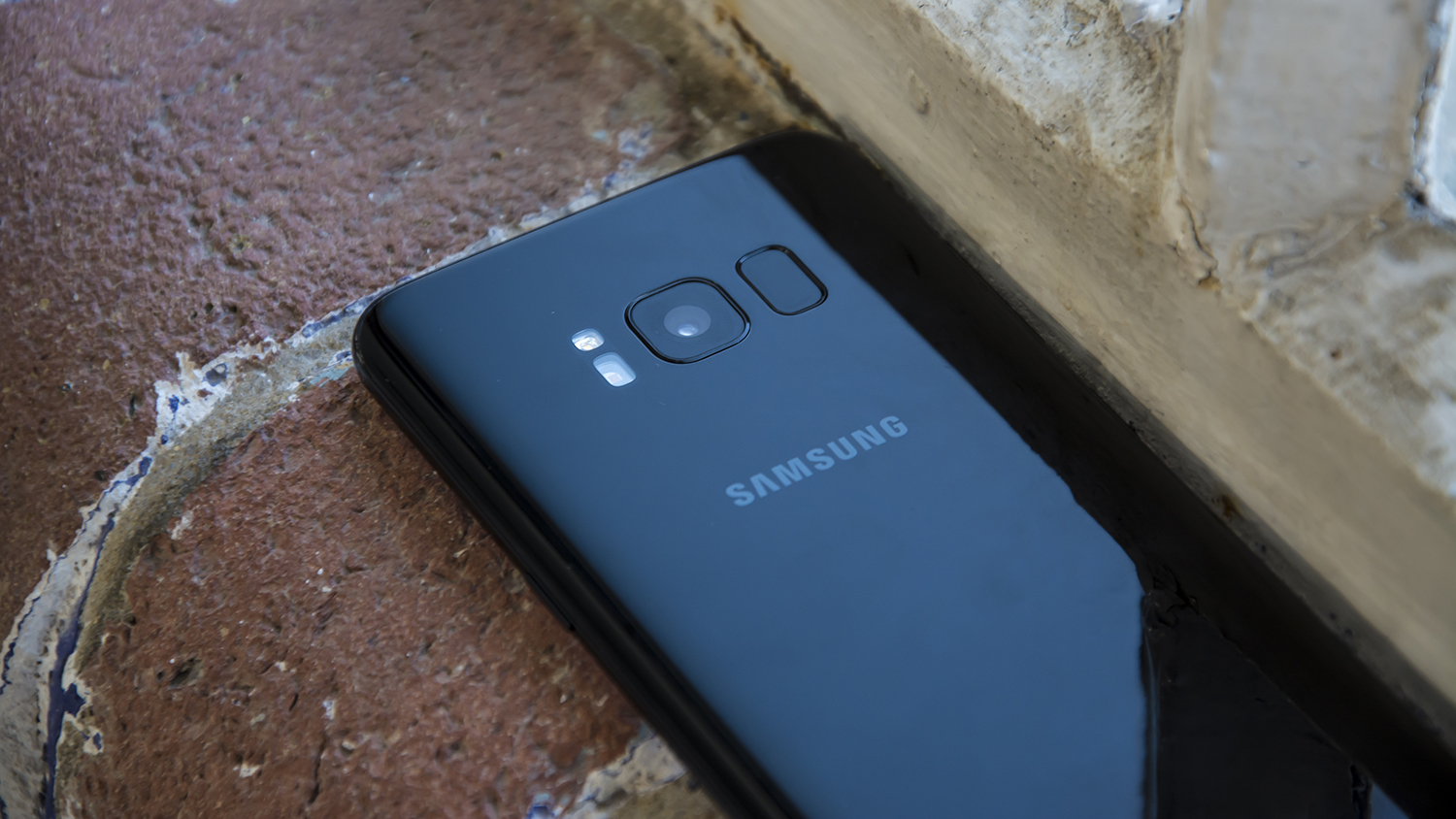
The problem is that all that power is only available in relatively short bursts. The Galaxy S8 Plus set the bar with a 20hrs and 30mins battery life during our benchmark tests, while the iPhone 8 Plus clocked in only 13hrs and 56mins. In fact, the iPhone 8 is outmatched by many Android-based rivals in this regard, including the excellent OnePlus 5T. That extra six hours gives the S8 a clear edge, as it's long enough to ensure that you won't always be checking your battery meter and fretting about being close to a charge point.
Local storage has become less of a sticking point as more users shift their data into the cloud or remotely access office networks, but for those that still require lots of space, you'll be pleased to know that both phones offer decent storage tiers, with the iPhone 8 shipping in either 64GB or a whopping 256GB. The S8 Plus features 64GB of internal storage, although you're also able to expand on that with a microSD card up to 256GB. There is a 128GB model available in South Korea, and there's talk it will arrive in the west at some stage, but it's hardly worth waiting for.
There's no denying that the iPhone 8 Plus is a powerful device, but unfortunately, it's handicapped by a pretty woeful battery life. The question is whether that's worth it.
Verdict: iPhone 8 Plus
| Row 0 - Cell 0 | iPhone 8 Plus | Galaxy S8 Plus |
| CPU | A11 Bionic | Exynos 8895 |
| RAM | 3GB | 4GB |
| Storage | 64GB/256GB | 64GB |
| Battery | 13 hrs 54 mins | 20 hrs 30 mins |
| Camera | Dual 12MP. 7MP front-facing | 12MP |
| OS | iOS 11 | Android Oreo |
Apple iPhone 8 Plus vs Samsung Galaxy S8 Plus: Operating system
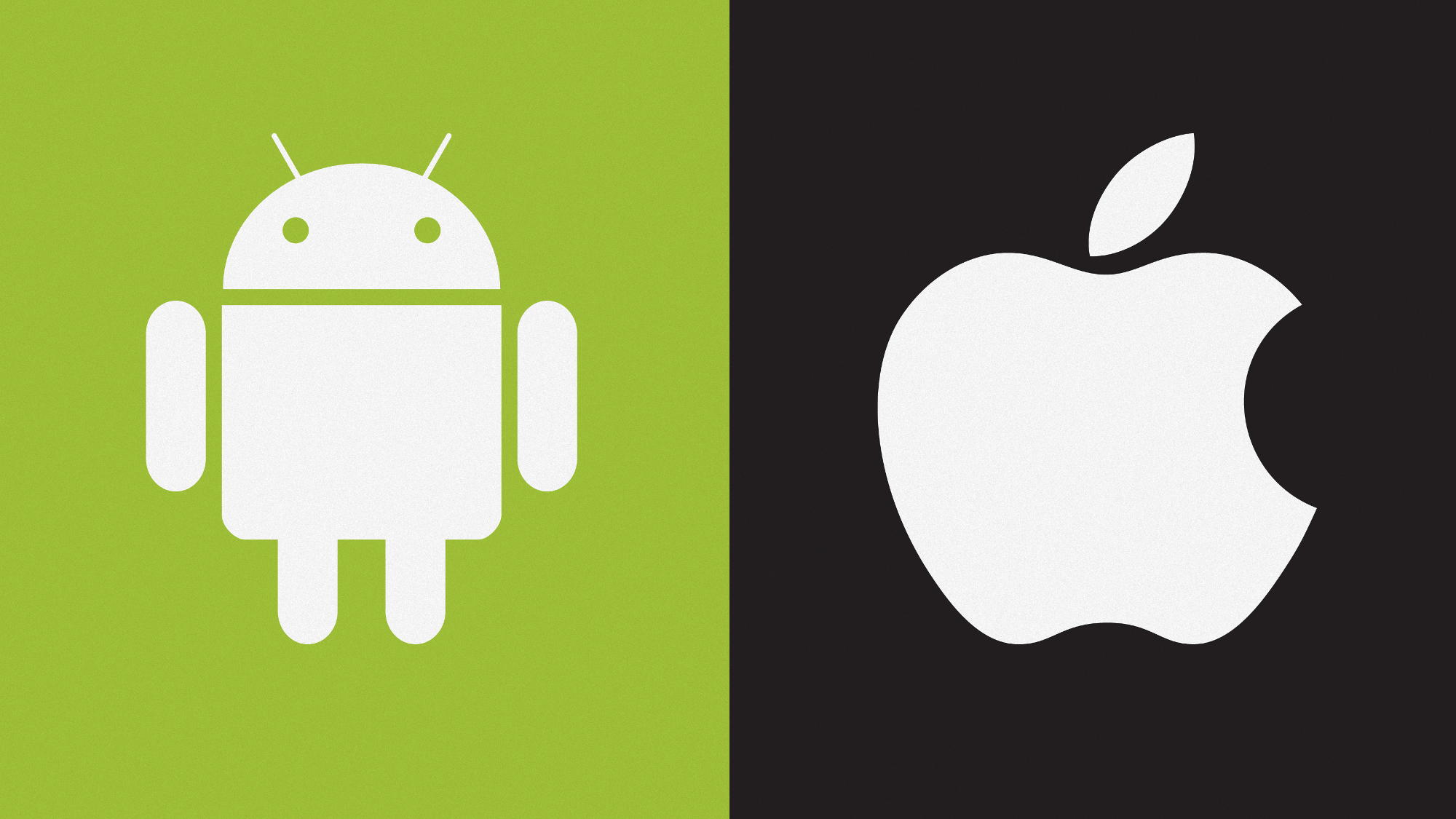
Perhaps the biggest sticking point for many customers is their loyalty to a particular operating system. While the topic creates tribalism and those firmly set on iOS are unlikely to switch over to Android, it's worth considering how useful the operating system will be for a business user.
The iPhone 8 Plus shipped with iOS 11 by default, and can be upgraded to iOS 11.2, Apple's most recent iteration at the time of writing. One of the platform's biggest selling points is its robust security, widely known for being one of the more difficult operating systems to hack. Apple operates strict controls over the iOS ecosystem, so there's comparatively little chance a buggy or malicious application is going to find its way to the App Store.
That's not to say that Android isn't secure. With the Galaxy S8 Plus' Android Oreo, Google has made strides to clamp down on malicious apps, including restricting programs to asking for specific permissions when they are needed, such as access to a camera, rather than asking users for blanket permission up front. Unfortunately, given the fragmented nature of Android, and the many different smartphones running the OS, not all devices are upgraded to the latest versions at the same time, and with some devices, an upgrade may arrive months after the software was launched.
At one time Apple boasted the biggest and best app store, but that's changed in recent years and it's now rare to find a new application that's platform specific. There's also very little difference between application versions running on iOS and those on Android, especially productivity suites such as Office 365.
Both OS user interfaces have been so well refined that it's difficult to say one is any easier to use over the other, although they both have unique quirks. For example, Android has, for some time, allowed users to use two applications running simultaneously side by side, something that is still restricted to iPads and Macs.
We have put together a comparison of the key differences between the operating systems, which can be found here.
Verdict: No clear winner
Apple iPhone 8 Plus vs Samsung Galaxy S8 Plus: Price
It's worth noting that given the Galaxy S8 Plus has been out since April 2017, the phone has seen a slight price cut, whereas the iPhone 8 Plus will cost you the same as did it at launch.
The 64GB version of the iPhone 8 Plus is currently available from the Apple Store at 665, excluding VAT, while the 256GB model is 790.
Samsung's S8 Plus, with its 64GB storage, is now available at 607 excluding VAT.
That stark difference in prices serves to magnify the problems facing the iPhone 8. With the Galaxy S8, not only are you getting functionality that rivals the iPhone, it's packaged in a next-generation design using far better screen hardware.
Verdict: Galaxy S8 Plus
Apple iPhone 8 Plus vs Samsung Galaxy S8 Plus: Verdict
In many ways the Samsung Galaxy S8 Plus is better compared to the iPhone X, given they are both flagship products and follow similar design philosophies. However, given the prices of Apple's new smartphones, the iPhone 8 Plus is in direct competition with the S8 Plus, which is unfortunate.
The S8 Plus is simply a greater leap forward in smartphone design, and aside from an incredibly powerful processor, the iPhone 8 is outmatched in almost every way. Worst of all, it's now more expensive than the S8 Plus, meaning only die-hard Apple fans will come down on the side of the iPhone.
It's difficult to tell just yet whether Apple's decision to offer a 'budget' alternative to the iPhone X to compete against the Galaxy S8 was a death sentence for the smartphone, but what we can say is that with Samsung's device you get far more for your money.
Specifications
| Row 0 - Cell 0 | iPhone 8 Plus | Galaxy S8 Plus |
| Screen | 5.5in, 16:9, 401ppi | 6.2in, 18.5:9, 529ppi |
| Resolution | 1080 x 1,920 | 1,440 x 2,960 |
| Dimensions | 158 x 78 x 7.5mm | 160 x 73 x 8mm |
| Weight | 202g | 173g |
| sRGB | 95.8% | 100% |
| Max brightness | 553cd/m2 | 554cd/m2 |
| Contrast | 1365:1 | - |
| CPU | A11 Bionic | Exynos 8895 |
| RAM | 3GB | 4GB |
| Storage | 64GB/256GB | 64GB |
| Battery | 13 hrs 54 mins | 20 hrs 30 mins |
| Camera | Dual 12MP camera, 7MP front facing | 12MP |
| OS | iOS 11 | Android Oreo |
| Ports | Lightning | USB Type C |
Dale Walker is a contributor specializing in cybersecurity, data protection, and IT regulations. He was the former managing editor at ITPro, as well as its sibling sites CloudPro and ChannelPro. He spent a number of years reporting for ITPro from numerous domestic and international events, including IBM, Red Hat, Google, and has been a regular reporter for Microsoft's various yearly showcases, including Ignite.
-
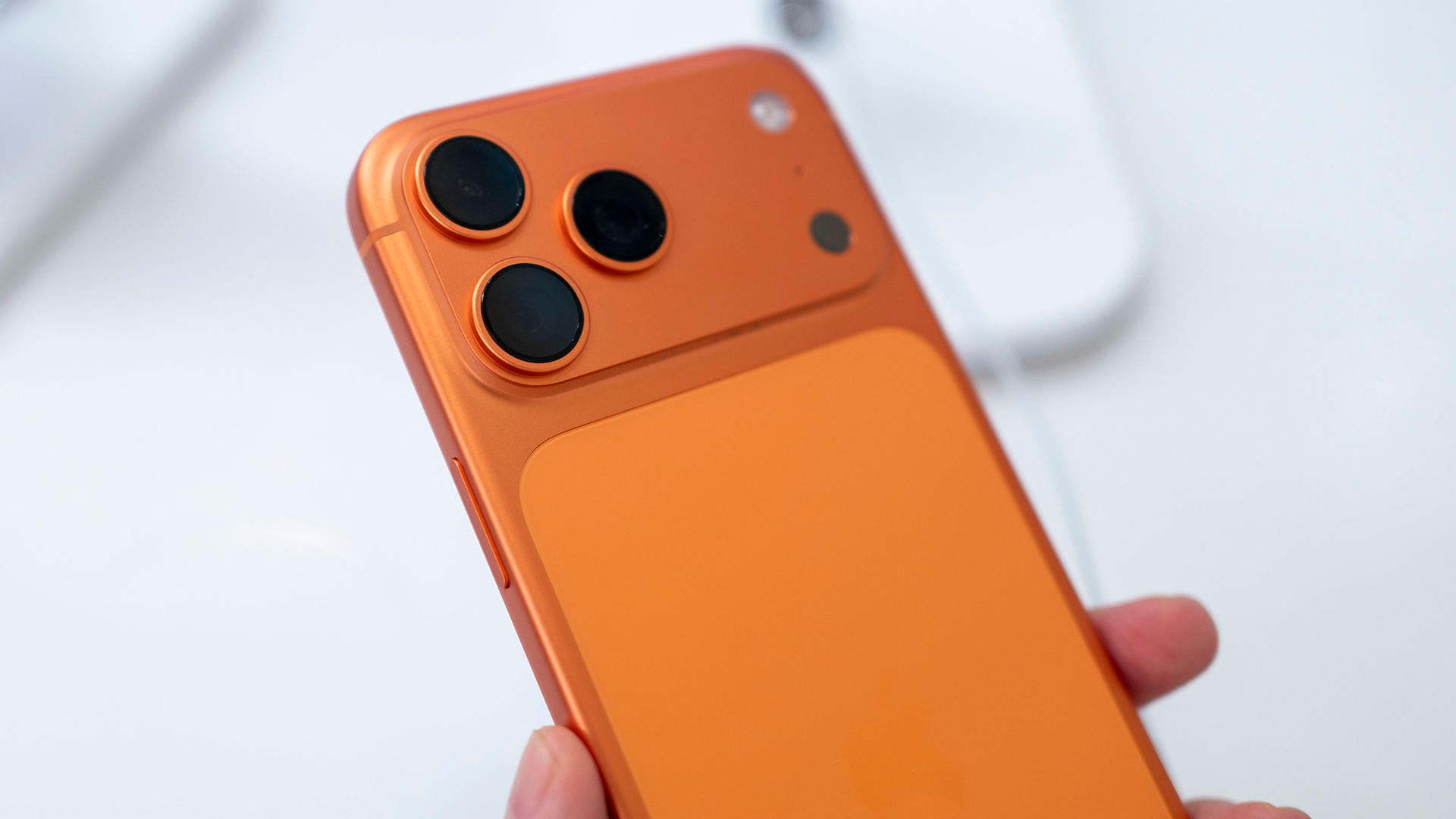 I couldn’t escape the iPhone 17 Pro this year – and it’s about time we redefined business phones
I couldn’t escape the iPhone 17 Pro this year – and it’s about time we redefined business phonesOpinion ITPro is back on smartphone reviews, as they grow more and more intertwined with our work-life balance
-
 The gig economy: Past, present, and future
The gig economy: Past, present, and futureFeature The rise of the gig economy represents a new era of flexible working despite being plagued with controversies
-
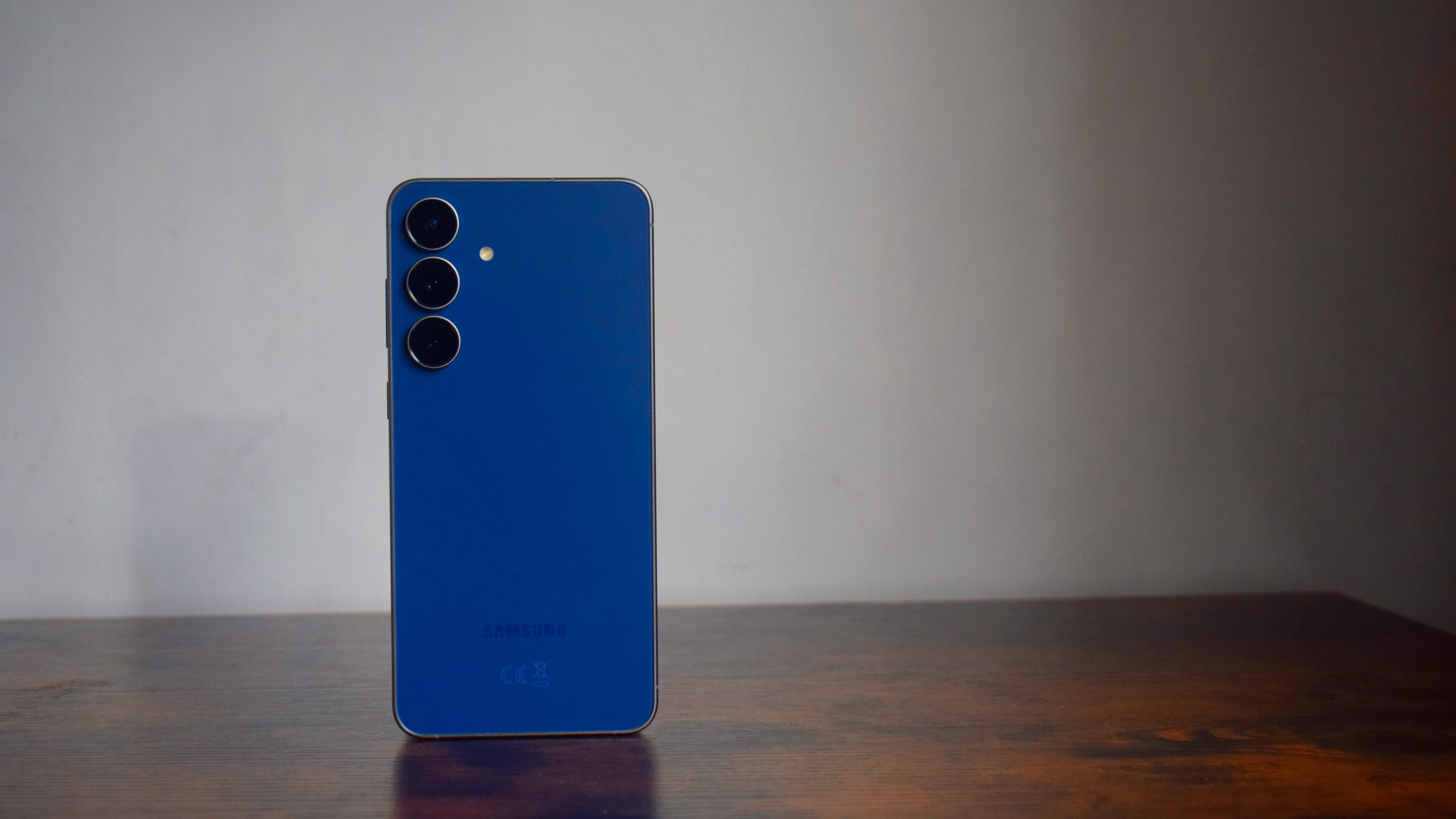 The Samsung Galaxy S25 FE is a superb budget smartphone with premium features – though I found its predictive text frustrating
The Samsung Galaxy S25 FE is a superb budget smartphone with premium features – though I found its predictive text frustratingReviews A big bright display, all-day battery, and some super premium cameras make this a superb handset for office bods
-
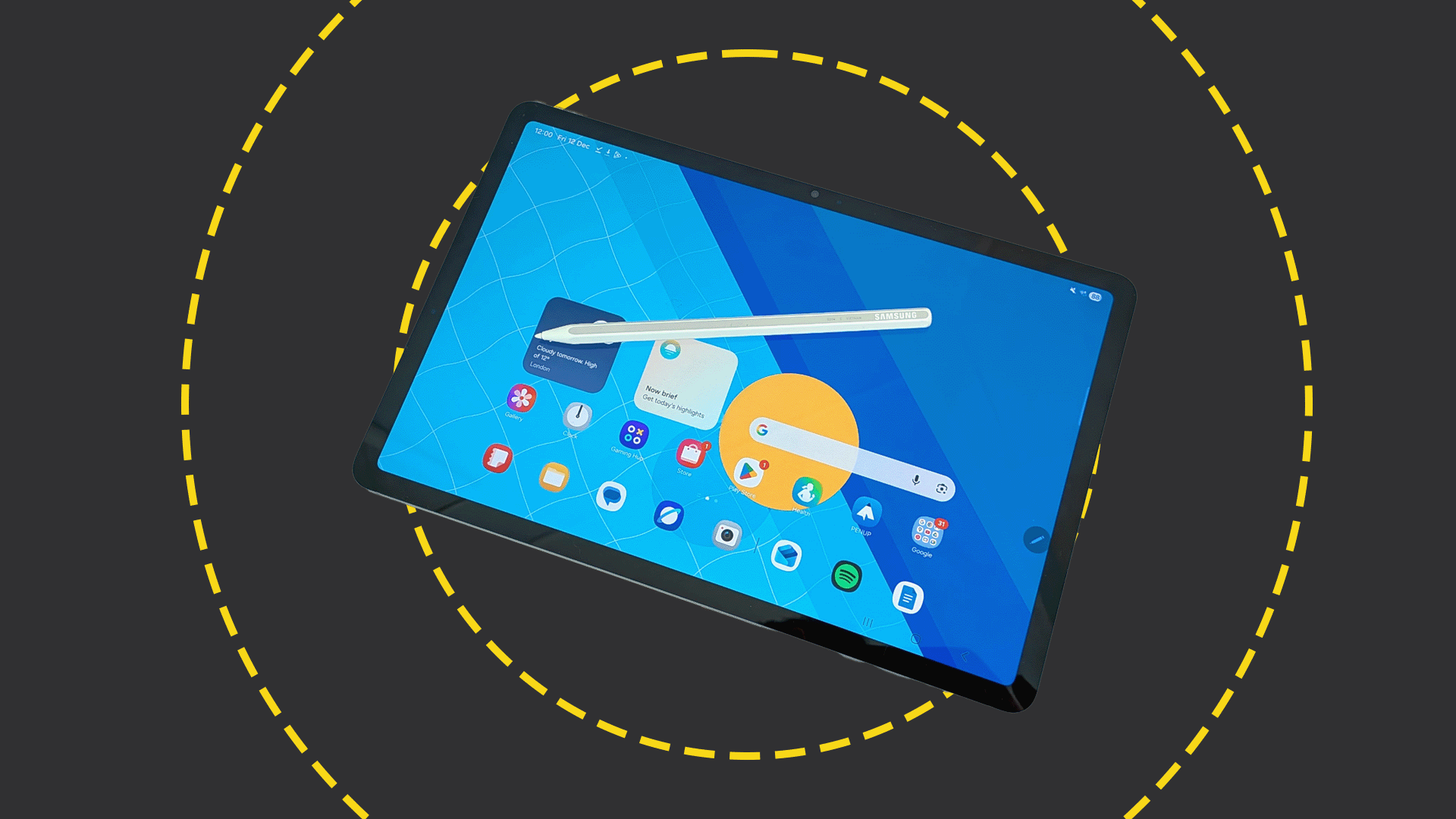 The excellent Samsung Galaxy Tab S11 is slightly overpriced
The excellent Samsung Galaxy Tab S11 is slightly overpricedReviews A brilliant lightweight tablet with a superb screen, but the competition makes it look expensive
-
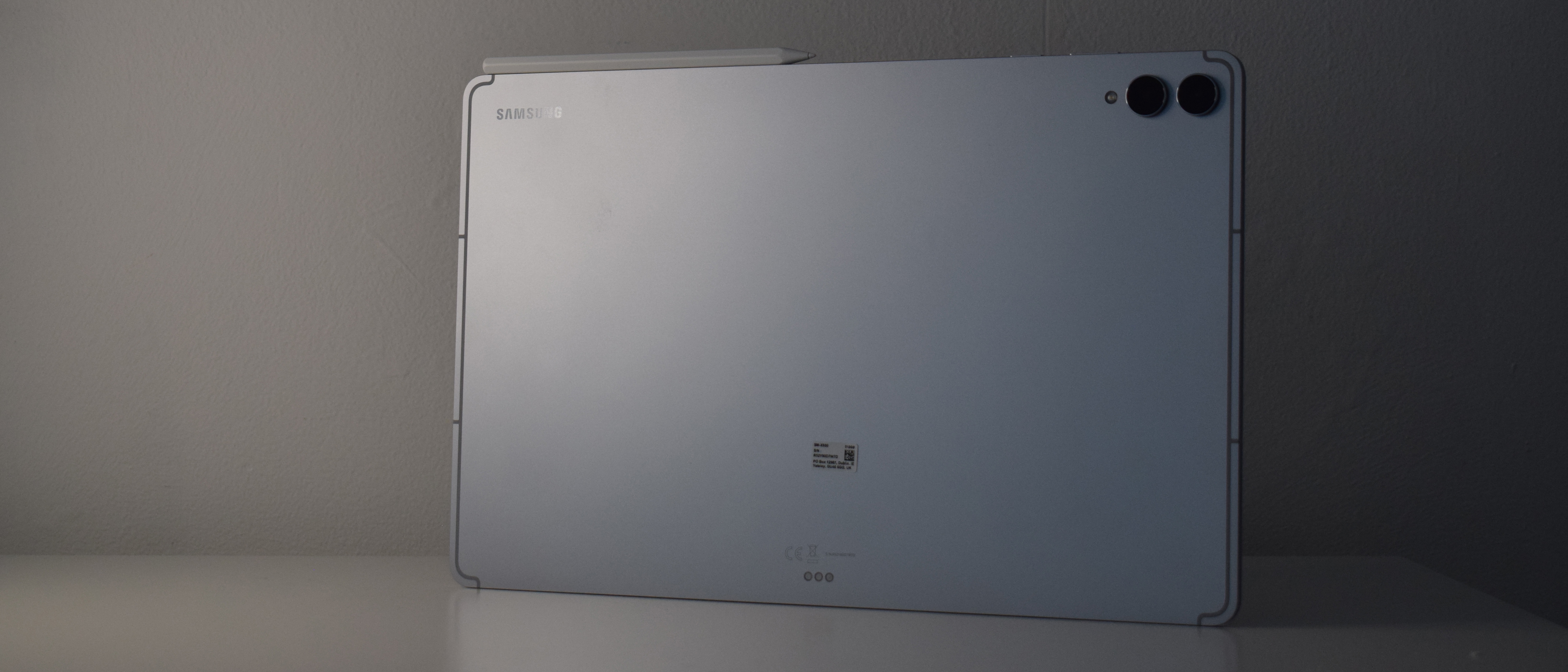 The Samsung Galaxy Tab S11 Ultra has more power, more AI, and much more battery life than its predecessor
The Samsung Galaxy Tab S11 Ultra has more power, more AI, and much more battery life than its predecessorReviews A wonderful slab of technology, packed with AI features, and the battery life is fantastic – very much a tablet worthy of the name, 'Ultra'
-
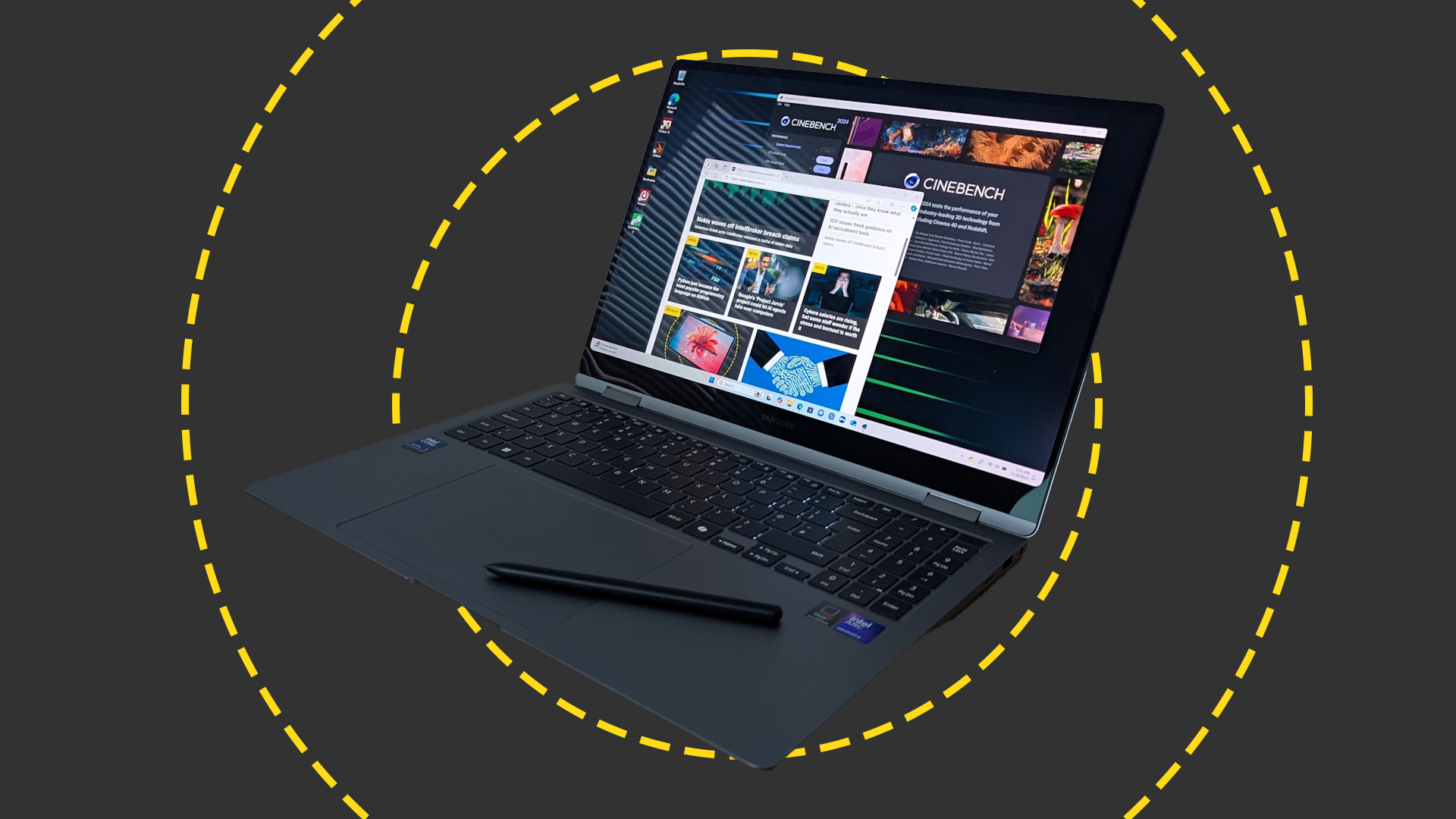 Samsung Galaxy Book 5 Pro 360 review: Almost the perfect big-screen laptop
Samsung Galaxy Book 5 Pro 360 review: Almost the perfect big-screen laptopReviews The Book 5 Pro 360 is a laptop you slowly get accustomed to, rather than one that feels right from the word go.
-
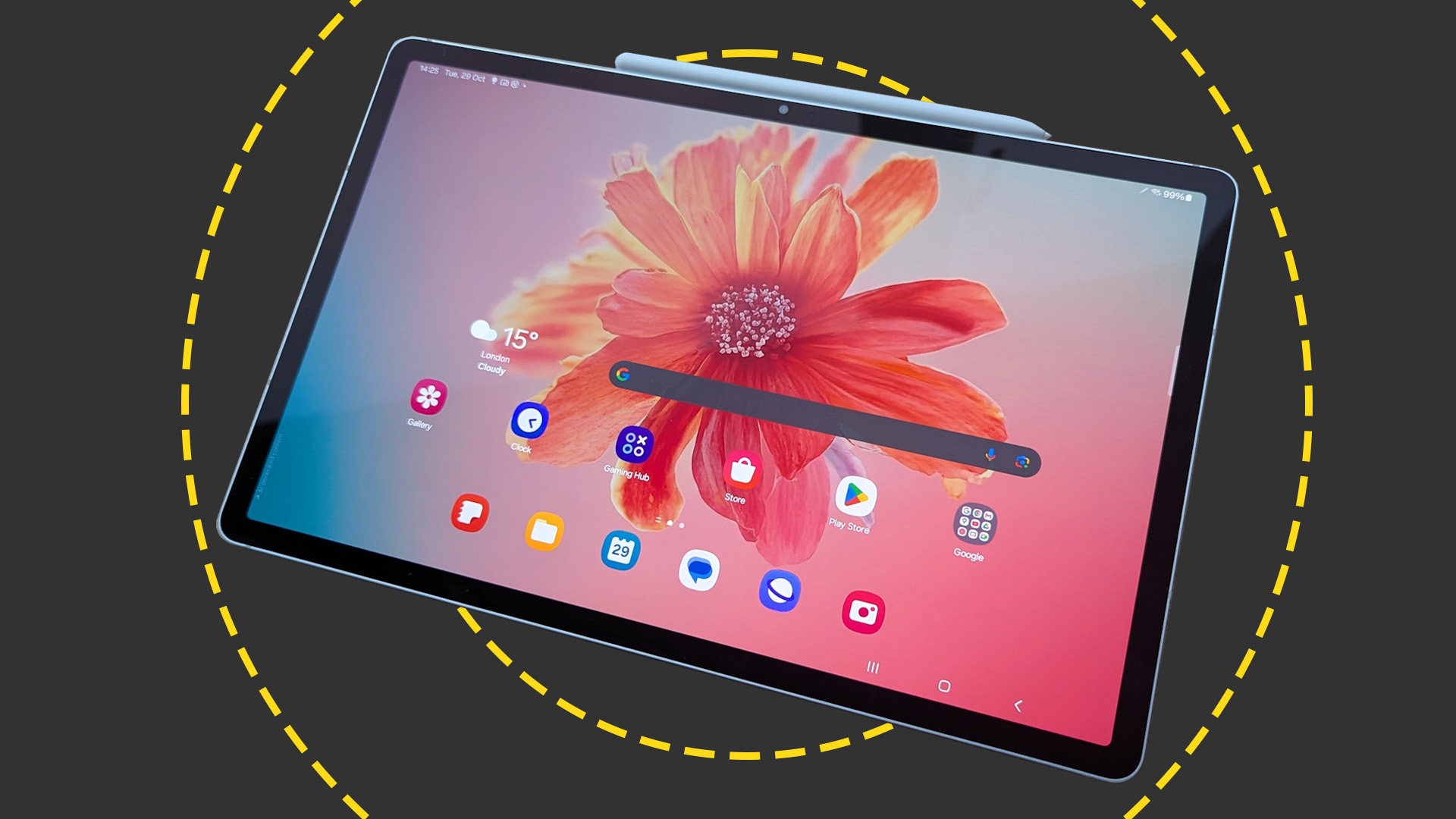 Samsung Galaxy Tab S10+ review: Possibly the best Android tablet for business
Samsung Galaxy Tab S10+ review: Possibly the best Android tablet for businessReviews With good performance, AI features and an exceptional screen, the Tab S10+ is the best Android tablet out there, if not quite the best tablet overall
-
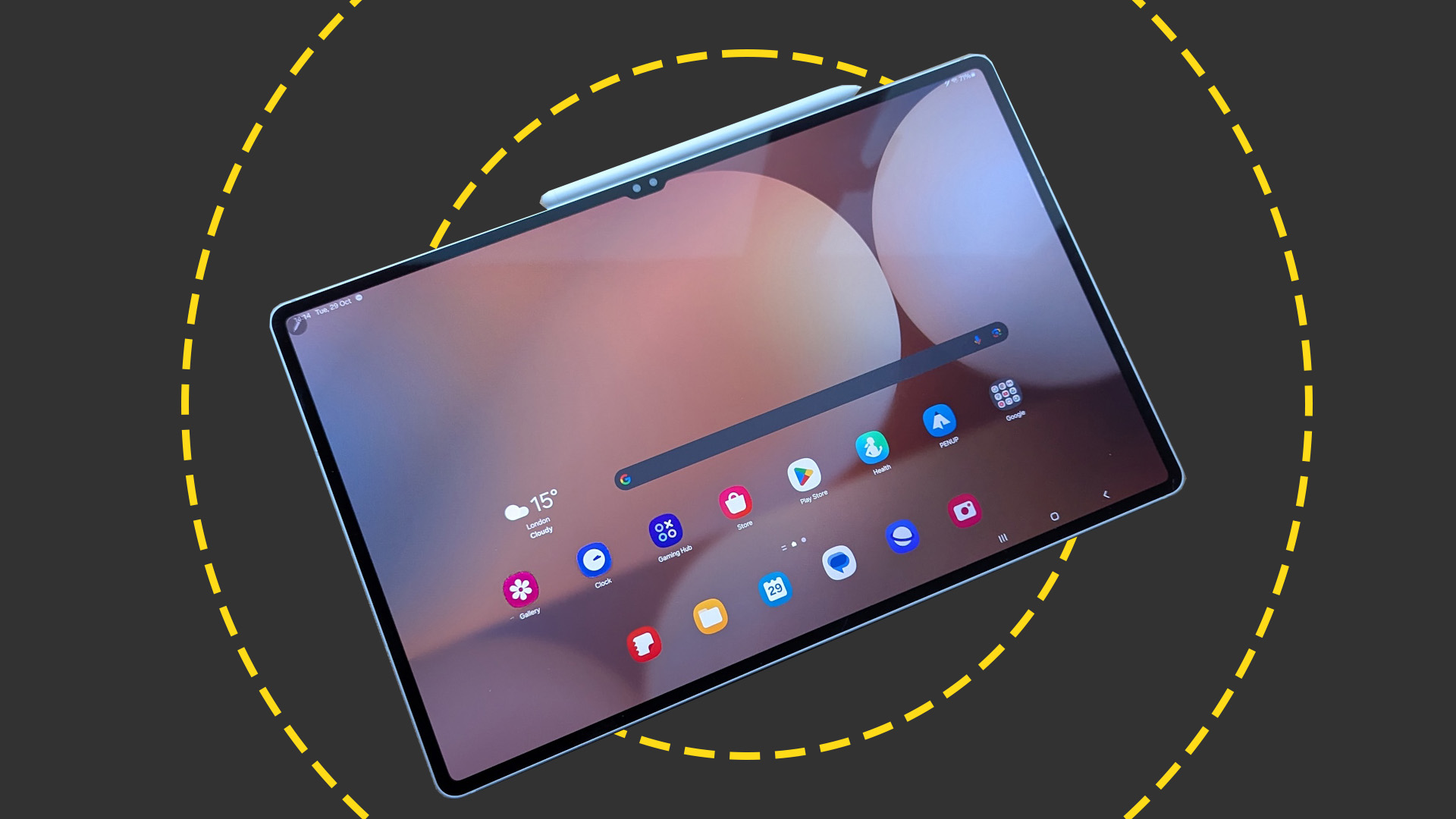 Samsung Galaxy Tab S10 Ultra review: Samsung's big-screen tablet is an AI-powered multitasking monster
Samsung Galaxy Tab S10 Ultra review: Samsung's big-screen tablet is an AI-powered multitasking monsterReviews The sheer size won't be for everyone, but the Tab S10 Ultra has the screen, performance, and multitasking prowess for serious work
-
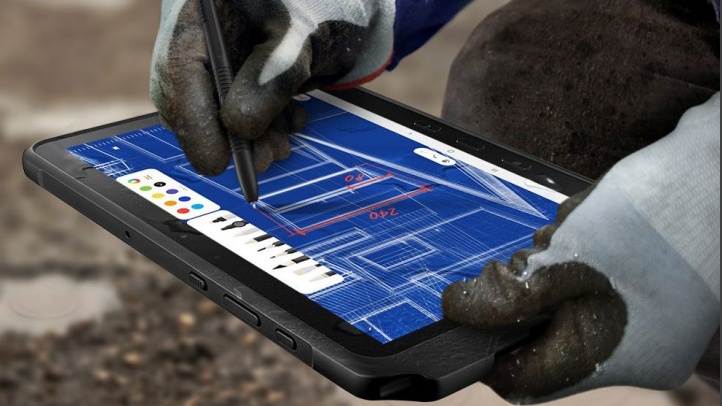 Rugged goes mainstream
Rugged goes mainstreamwhitepaper Why every business needs rugged devices to get the job done
-
 Why tougher doesn’t need to mean harder
Why tougher doesn’t need to mean harderwhitepaper Bridging the rugged and consumer device divide